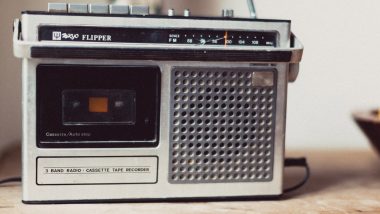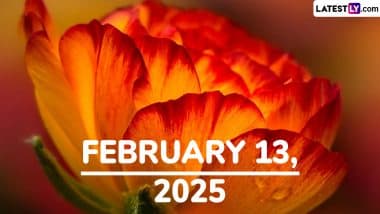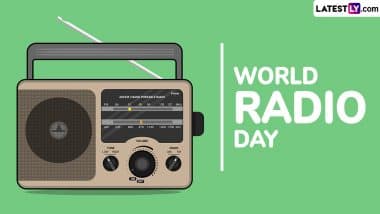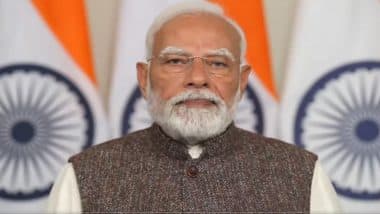“The power of radio is not that it speaks to millions, but that it speaks intimately and privately to each one of those millions.” - Hallie Flanagan
Radio has been in existence since 1896 when Guglielmo Marconi got the first edition of radio patented. Since then, radio has been a part of our lives in some or the other way. Red Mercury in Old TV and Radio Sets Will Help You Get Money? Know What is It and Truth About Viral Messages Claiming to Earn Money Through It.
The world celebrates radio day every year on February 13 to honour the mass media that has the widest reach in the world. On this occasion, let us take a look back at how it all started with a special focus on India’s heritage, All India Radio.
The 1920s was a time when radio clubs started airing programmes in the country. The year was 1923. In June, the Radio Club of Bombay broadcasted its first programme. It continued to be the only operating radio station until 1927. Meanwhile, Calcutta Radio Club did so in November, the same year, followed by Madras Presidency Radio Club in 1924.
Lord Irwin, the then Viceroy of India on July 23,1927 inaugurated the Indian Broadcast Company (IBC) in Bombay Station and in Calcutta on August 26 which went into liquidation in 1930.
It was then that the Indian State Broadcasting Service (ISBS) under the Department of Industries and Labour started its journey as an experiment. Then on, radio started taking a strong grip in the country. Soon, Lionel Fielden on August 30, 1935 was appointed the first controller of Broadcasting in India.
As things started progressing, private radio stations started commencing too. Akashvani Mysore paved the way for more private stations. It was started from a small area from the rented house of prof. M V Gopalaswamy in Vontikoppal, Mysore on September 10, 1935.
In January 19, 1936, All India Radio aired its first news bulletin. After 5 months on June 8, Indian State Broadcasting Service was converted into All India Radio.
All India Radio (AIR) underwent a number of changes. It finally came under the department of Information and Broadcasting after being put into several others. And after India became free, in 1952, AIR broadcasted its first national music programme. Later on, Vividh Bharati too started its services on October 3, 1957.
By this time, AIR was already broadcasting national programme talks, national programme on music, radio sangeet sammelan, and national programme of play.
Delhi too got its first TV station as part of AIR on November 1, 1959.
Meanwhile, on August 1, 1937, the Central News Organization (CNO) came into existence. A year after India’s independence, CNO was divided into two - News Service Division and External Service Division (ESD).
At the time of partition, six radio stations in India (Delhi, Bombay, Calcutta, Madras, Tiruchirapalli and Lucknow) and three in Pakistan (Peshawar, Lahore and Dacca) were set up.
60s and 70s was an era of transformation for radio culture in India. On November 1,1967, Vividh Bharati introduced commercials. The attempt was to popularise radio among the listeners, which is why the entertainment quota was introduced apart from news bulletins on radio stations. On April 1,1976, Doordarshan separated from AIR.
At present there are 420 AIR stations around the country with approximately a reach of 99% population.
Since then, the journey of radio has been of ups and downs. From a time before India’s Independence, to now when India is on the road to digitalization, radio continues to provide information, improve connectivity and flow communication in times of emergency situations.
(The above story first appeared on LatestLY on Feb 12, 2021 05:26 PM IST. For more news and updates on politics, world, sports, entertainment and lifestyle, log on to our website latestly.com).













 Quickly
Quickly





















